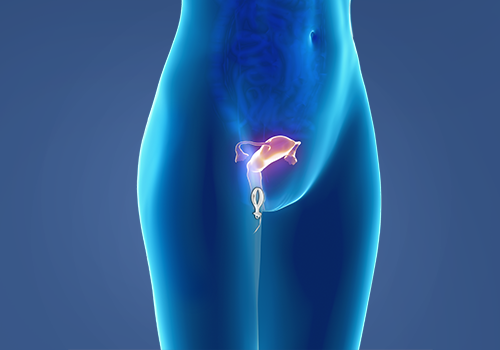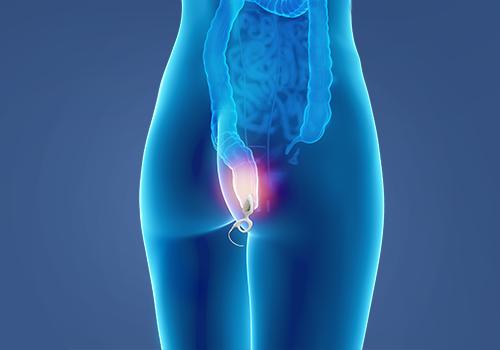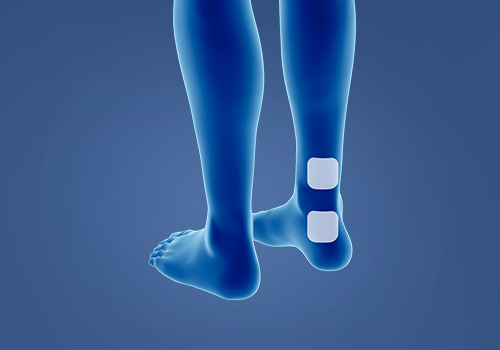Application Areas
of (functional) electrical stimulation
Functional electrical stimulation (FES)
for incontinence
-bei-inkontinenz.png?auto=format&sfvrsn=2e177d43_14)
The causes of incontinence include insufficient pelvic floor muscles after pregnancy, as well as injuries to soft tissue and nerve structures, e.g. after surgeries. The STIWELL® with (EMG) triggered (multi-channel) electrical stimulation and biofeedback functions offers individual therapy approaches that meet many of these requirements.
Therapy goals
- Increasing the perception of the pelvic floor muscles
- Improving voluntary and selective pelvic floor control
- Increasing the ability of the muscles to relax
- Promoting muscular endurance of the pelvic floor
- Supporting bladder and rectum control
- Reducing micturition frequency in cases of urge incontinence or neurogenic bladder overactivity
- Reducing lumbar back pain as a result of muscular and structural imbalances in the urogenital tract
Areas of application
Affected persons with
- urge incontinence, stress incontinence and mixed incontinence (also children)
- fecal incontinence
- problems with prolapse
- condition after prostatectomy (transurethral or rectal surgery)
- (neurogenic) disorders such as multiple sclerosis, post polio syndrome, spinal cord diseases, sexual dysfunctions

Urge & stress incontinence

Fecal incontinence

Overactive bladder
Incontinence therapy with electrical stimulation and biofeedback
In addition to functional conservative therapy, patients with incontinence and pelvic floor dysfunctions should also receive FES and biofeedback training. The causes of incontinence are very diverse. They include insufficient pelvic floor muscles after
pregnancy with spontaneous deliveries. Injuries to soft tissue, nerve structures and sphincter muscles may occur also in men as a result of surgery or trauma to the genitourinary tract. Neurodegenerative diseases can also cause disorders of bladder
and rectal function. The STIWELL® with (EMG) triggered (multi channel) electrical stimulation and biofeedback functions offers individual therapy approaches suitable for incontinence therapy.
Additional benefits of FES therapy
Patients with incontinence often suffer greatly due to the potential impact on their partnership, social and professional life. In many cases, FES and visual biofeedback provide a suitable therapy approach for their specific problems. Voluntary control of the muscles as a desired outcome of FES therapy is a prerequisite for relearned automated and reactive spontaneous activity of the pelvic floor under load. The possibility of home therapy and the motivation of the affected persons to improve their situation lead to a good acceptance of the therapy. It can be excellently combined with conservative pelvic floor therapy.
Overactive bladder & stress incontinence
Pelvic floor training and biofeedback are useful in the treatment of overactive bladder and urinary incontinence. The combination of pelvic floor training and electrical stimulation is the most effective therapy option. It may be more effective than pelvic floor muscle training alone. Electrical stimulation of afferent nerve structures of the pudendal nerve to inhibit the micturition reflex in detrusor overactivity can be performed vaginally via the pelvic floor (clitorid nerve), transcutaneously sacrally, or via the posterior tibial nerve.
